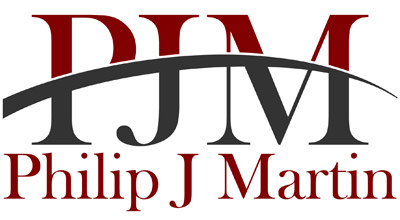If you don’t know where you are going, you’ll end up someplace else.
—Yogi Berra
One of the most important factors in determining your ultimate success is that you know where you’re heading—where you want to end up. To do this, you need goals, realistic goals, both short-term and long-term, goals that are designed to get you where you want to go. They’ll act as your signposts, keeping you headed down the right road, in the right direction, until you’ve finally reached your destination. And the sooner you set your direction, the less wandering around in circles you’re going to do. After all, you’ll never hit a target if you never set one. Like Wisconsin’s state motto, your goals will keep you moving—“forward.” [Tweet “the sooner you set your direction, the less wandering around in circles you’re going to do.”]
What are the benefits of a clearly defined goal? Well, there are many. First and foremost, it gives an external expression to your internal desires. It forces you to face who you are and what you really want. By voicing your goals or writing them down, you’re taking ownership of those goals and therefore feel a healthier obligation to pursue them. Once they are out there, you can mold them, shape them, reshape them, and even re-envision them until you feel they are ready to be codified.
There is a popular acronym used when talking about goals: S-M-A-R-T:
S. Specific: Have your goals well defined, detailed, and articulated, with clearly stated objectives.
M. Measurable: You need to know how well you’re doing and how close you are to achieving your goal.
A. Attainable: Is the objective realizable given the circumstances and abilities?
R. Realistic: Are there enough resources? Is there enough money? Is the science there, and the knowledge?
T. Timely: Is there enough time to achieve the goal, but not so much time that it loses focus and energy? Is it relevant to you?
I like the S-M-A-R-T approach to setting goals—and I always like to build on that by saying that goals should also be C-L-E-A-R:
C. Challenging: They should be simple enough that they can be accomplished, but demanding enough to require attention, focus, and motivation. Know your limits; challenge your limits; change your limits.
L. Limited and Limitless: There should be a manageable number of goals that can be reached within the allotted time. AND there should be an allowance for freedom to create, think outside the box, and to redirect the focus as required.
E. Evolvable: Goals change as new situations and new information arise, so don’t get stuck in a rut of “this is the way we are going to do it, and we can’t deviate from that.” Embrace the flexible.
A. Achievable: The goal must be within the talents of yourself or the group. If you work at it, it can be accomplished; you are not trying to run the first three-minute mile.
R. (W)ritten:* I’m a big fan of to-do lists. They keep me focused and on task, and they remind me of the priorities. Nothing gets done if it’s forgotten. You’ll also take more ownership once it’s written down.
* I was raised on the three R’s of—reading, writing, and ’rithmetic—so I feel I’m entitled. BUT . . . if you’re a purist, you can substitute Recorded. It’ll do the same thing.
By being both S.M.A.R.T and C.L.E.A.R., you are on the right track for reaching your goals.

